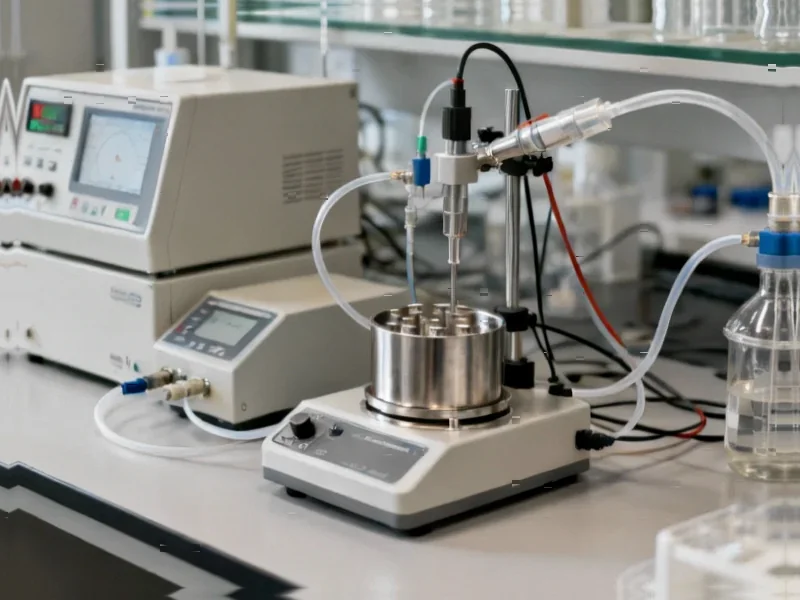According to SciTechDaily, researchers at the University of Houston have shattered thermal conductivity records with boron arsenide crystals that reach above 2,100 watts per meter per Kelvin at room temperature. This potentially outperforms diamond, which has long been considered the gold standard for heat conduction among isotropic materials. The breakthrough published October 10 in Materials Today challenges existing scientific models that previously capped BAs at 1,360 W/mK. Professor Zhifeng Ren, corresponding author, stated “We trust our measurement; our data is correct and that means the theory needs correction.” The discovery came through purifying raw arsenic and improving synthesis techniques to create cleaner crystals that exceeded theoretical expectations.
Why Theory Got It Wrong
Here’s the thing about scientific models – they’re only as good as their assumptions. Back in 2013, theorists predicted boron arsenide could rival diamond’s thermal conductivity. But by 2017, revised models that added four-phonon scattering capped BAs at much lower levels. Basically, everyone thought the material had hit its ceiling.
But the researchers at UH’s Texas Center for Superconductivity weren’t buying it. They suspected the problem wasn’t with the material itself, but with the quality of samples being tested. Previous experiments used crystals with significant defects, and guess what? When they purified the raw materials and improved synthesis, the results blew past all expectations. It’s a classic case of reality refusing to fit neatly into theoretical boxes.
Real-World Implications
So why should anyone outside materials science labs care? Look, heat management is becoming the single biggest bottleneck in electronics. Your smartphone gets hot during video calls. Data centers consume massive amounts of energy just for cooling. High-performance computing hits thermal limits that throttle performance.
Boron arsenide isn’t just a better heat conductor than diamond – it’s also a semiconductor that potentially outperforms silicon. We’re talking about a material that combines exceptional thermal conductivity with wider band gaps, higher carrier mobility, and well-matched thermal expansion. Professor Ren wasn’t exaggerating when he called it “so wonderful.” Having all these properties in one material? That’s basically the holy grail for electronics manufacturers.
What Comes Next
The research team isn’t stopping here. They’re continuing to refine their materials with support from a $2.8 million National Science Foundation grant and industrial sponsor Qorvo. The really exciting part? They believe they can push thermal conductivity even higher.
Ren’s invitation to theorists to re-examine their models could unlock even better materials in the future. As he put it, “You shouldn’t let a theory prevent you from discovering something even bigger.” That mindset might just lead to the next breakthrough that makes today’s discovery look ordinary. The full research is available at Materials Today for those who want to dive deeper into the science.




